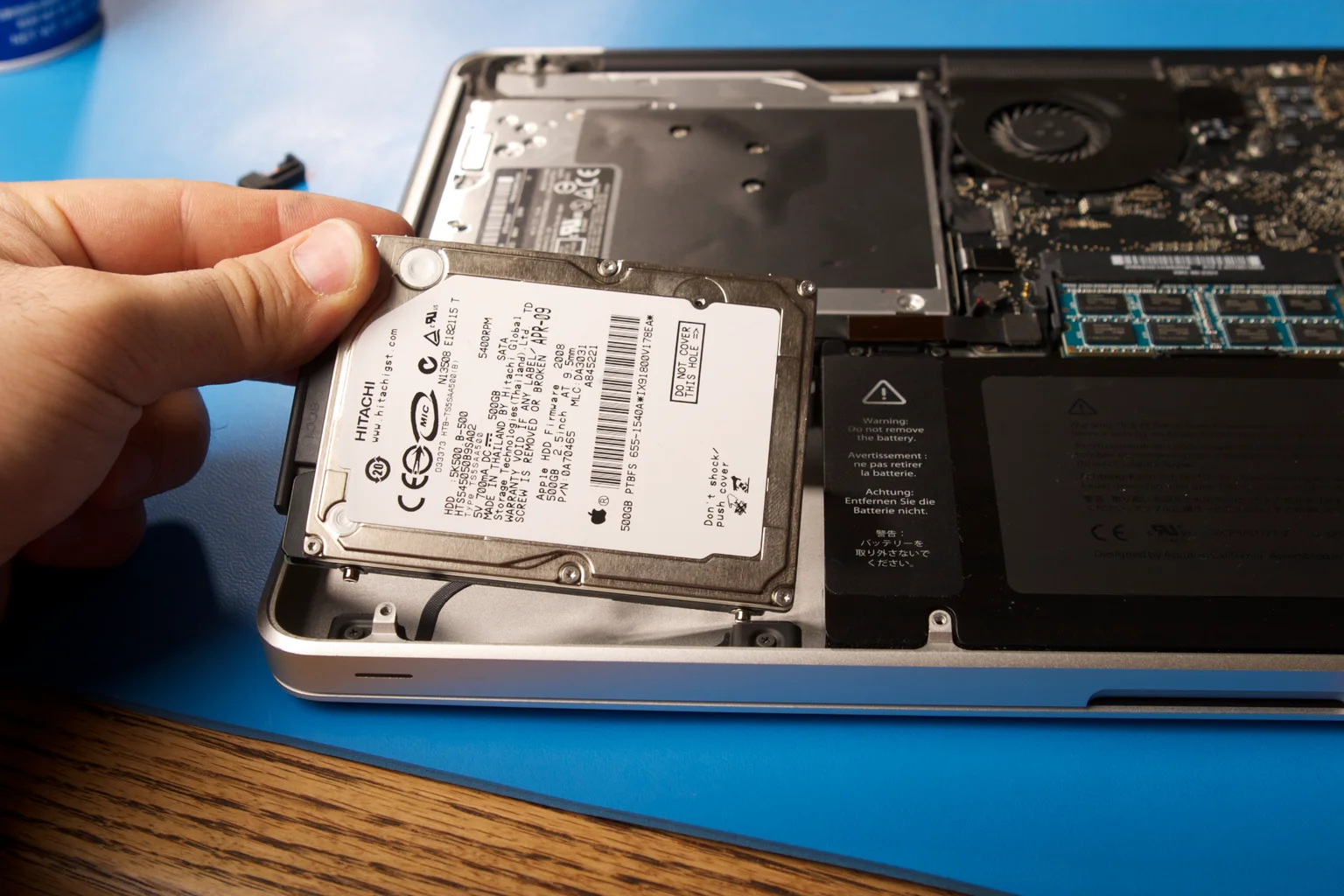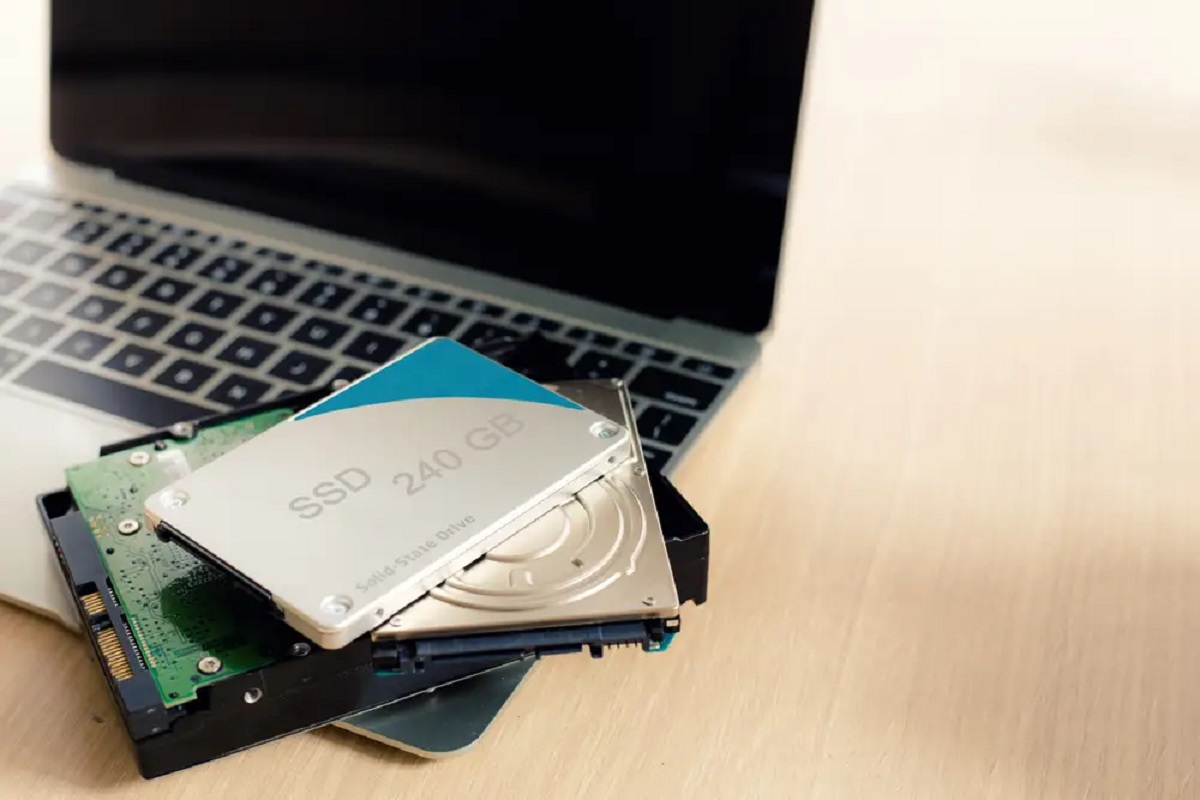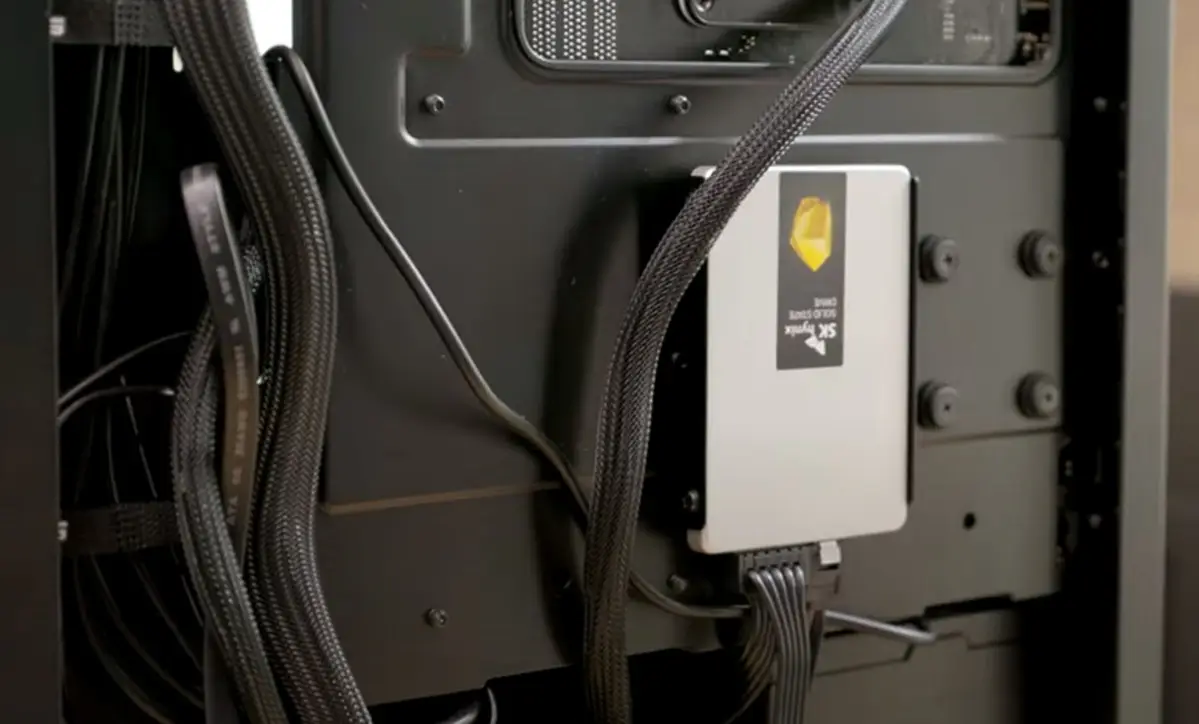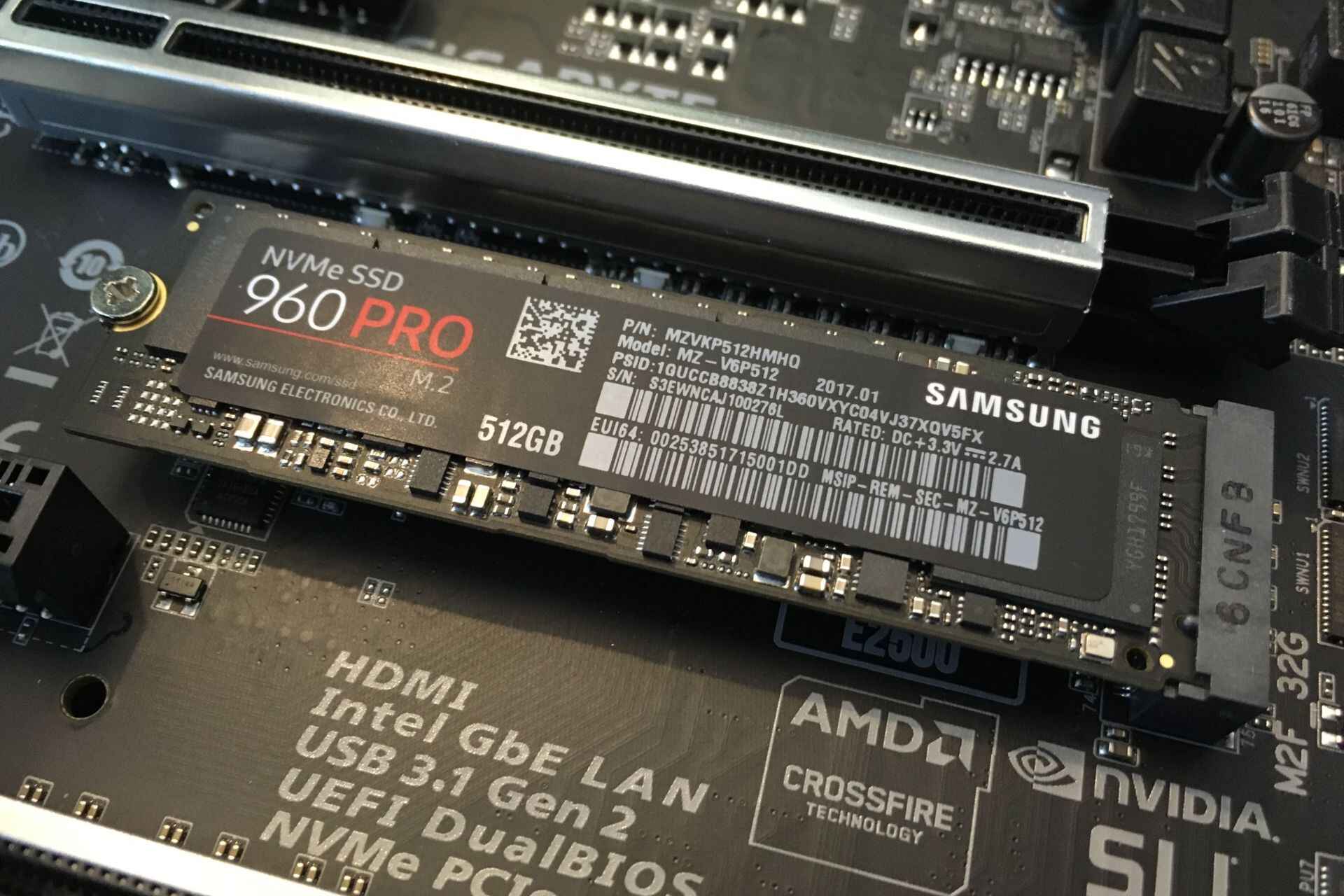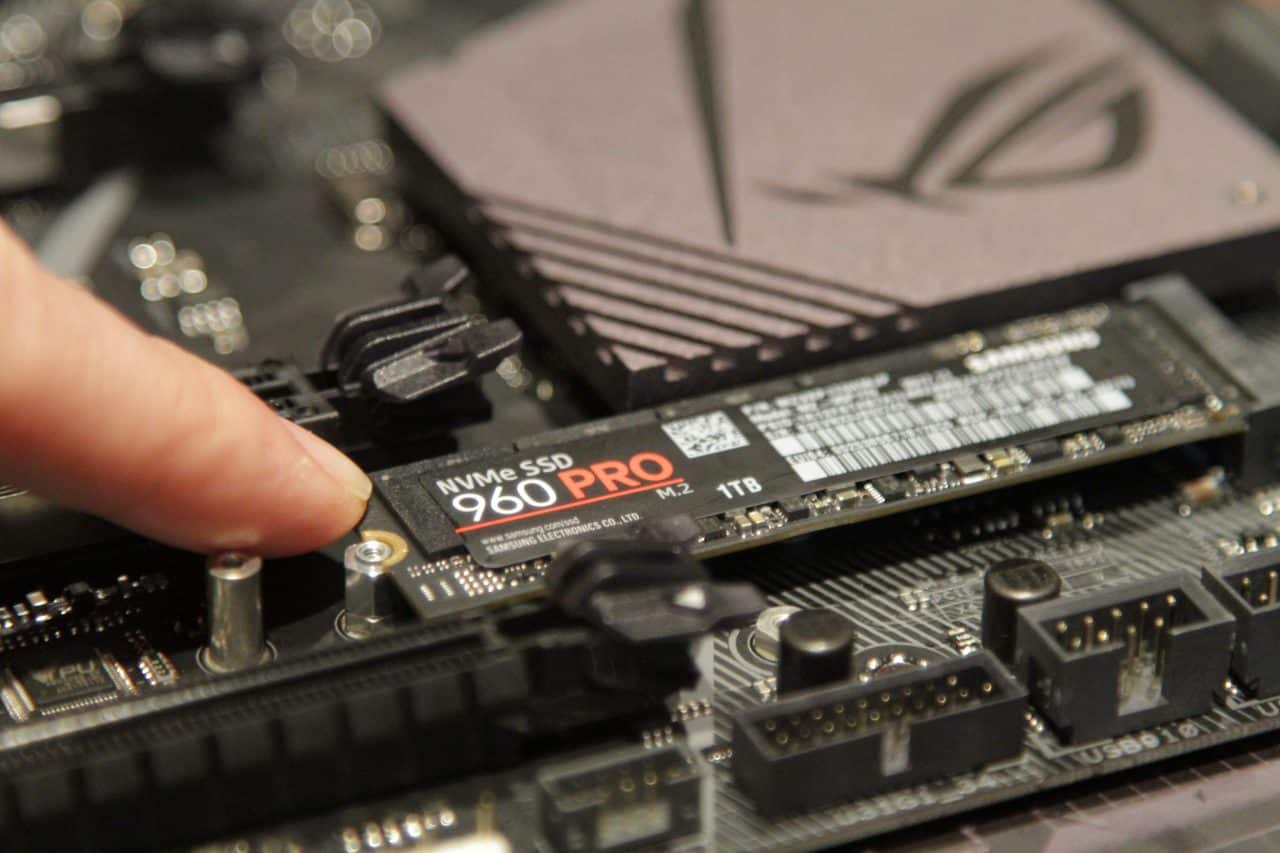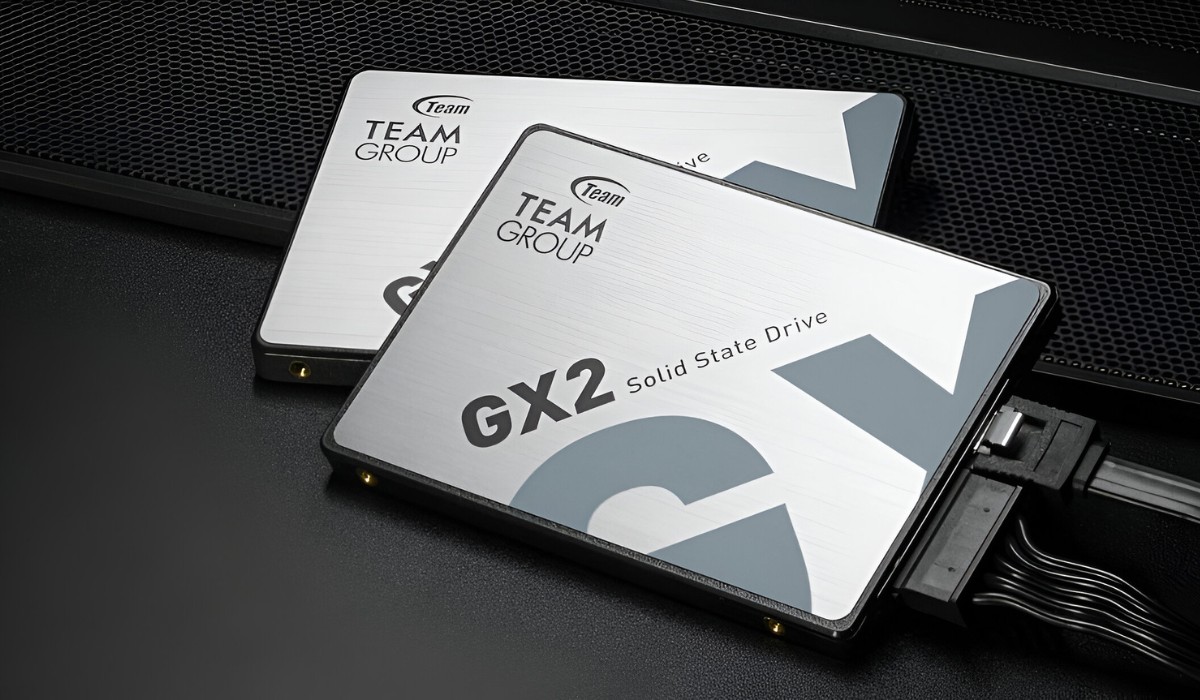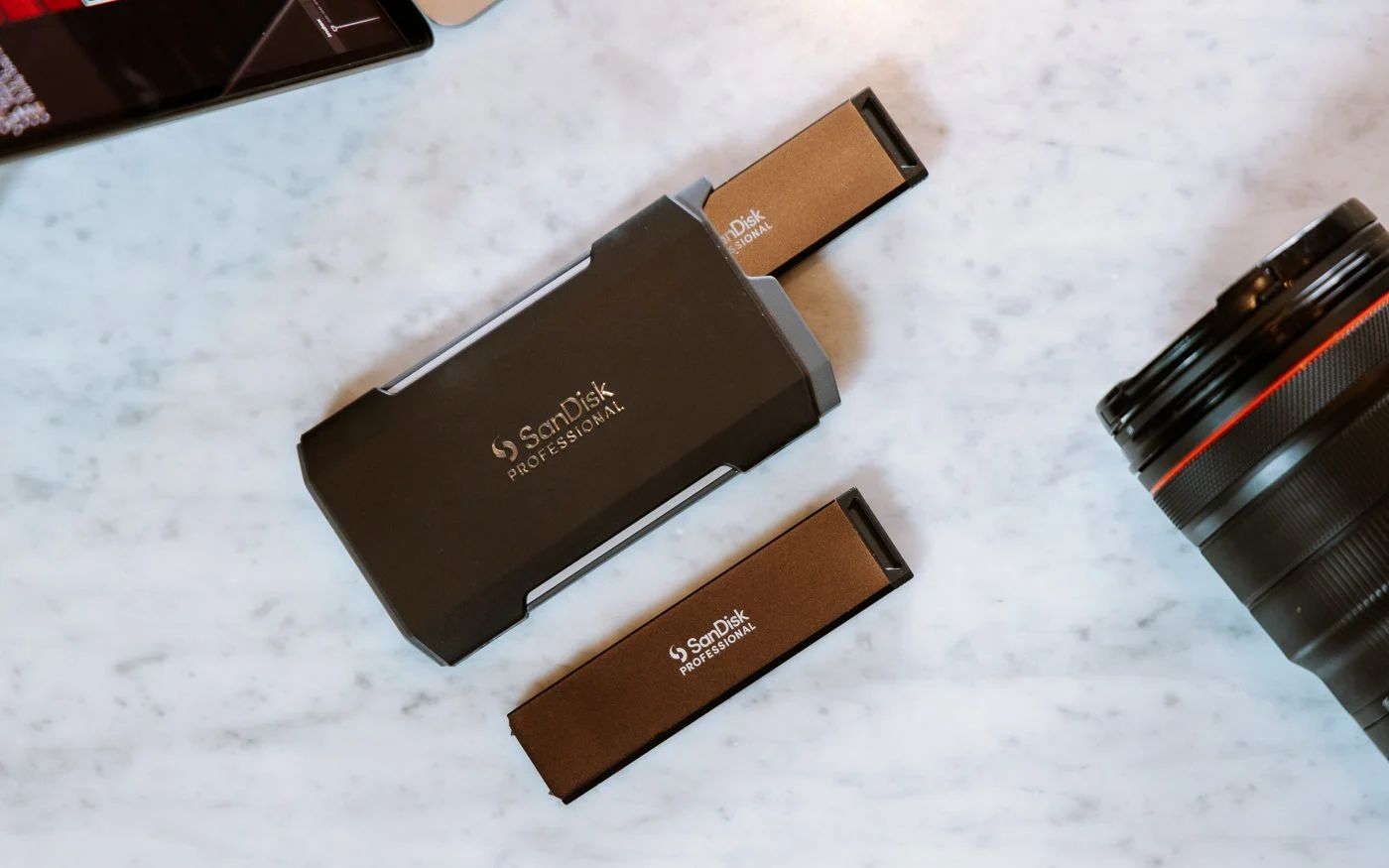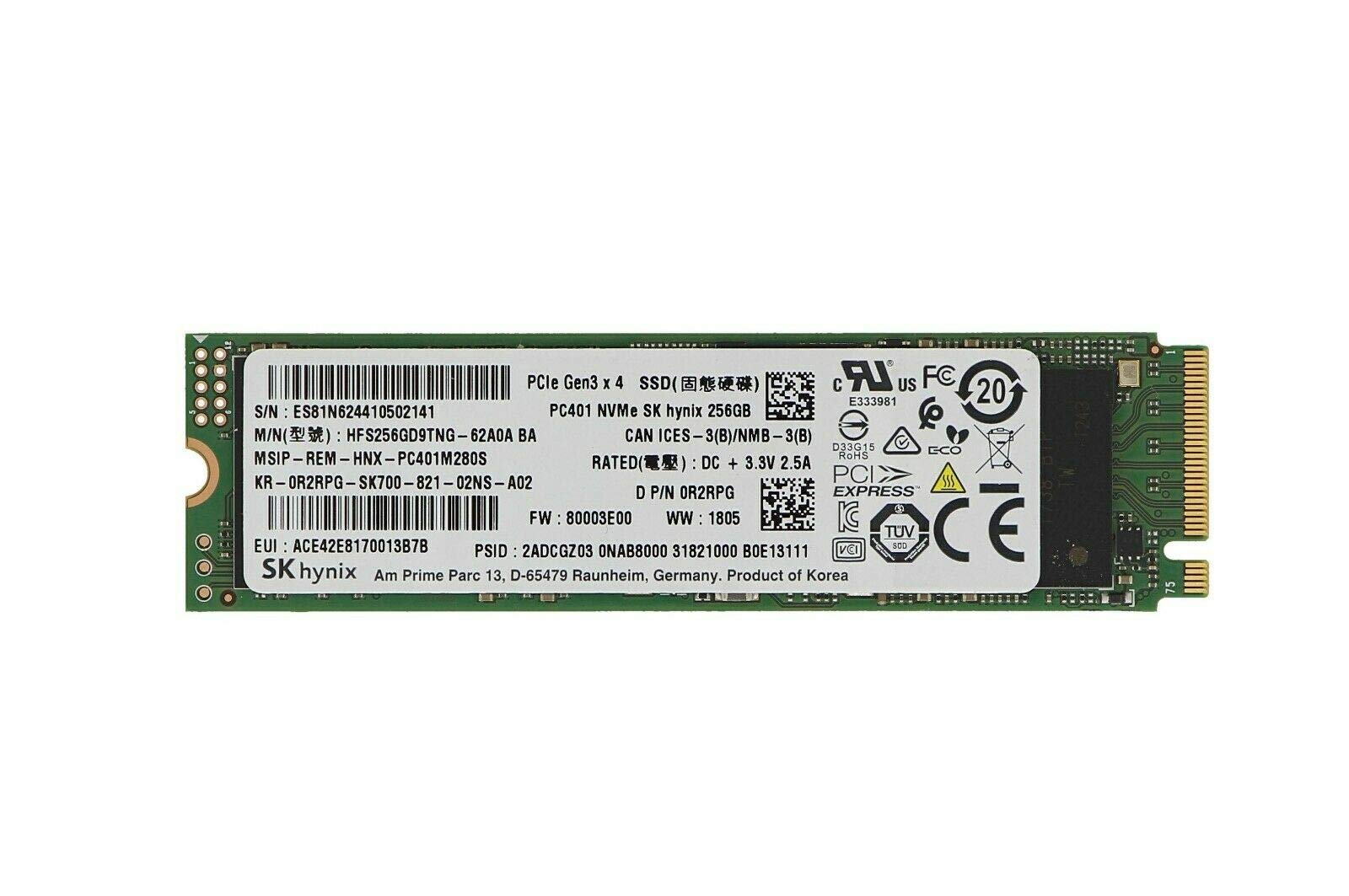Introduction
As technology advancements continue to drive improvements in computing, one of the most significant upgrades has been the introduction of solid-state drives (SSDs). Unlike traditional hard disk drives (HDDs) that rely on spinning disks and mechanical components, SSDs use flash memory to store data. This results in faster performance, lower power consumption, and increased reliability.
If you’re wondering whether your computer is equipped with an SSD or an HDD, you’re in the right place. In this article, we will explore various methods to help you determine if your computer has a solid-state drive.
Knowing whether your computer has an SSD or an HDD can provide valuable insight into its overall performance and capabilities. SSDs offer faster boot times, quicker data transfers, and generally improved responsiveness. With this knowledge, you can make informed decisions regarding potential hardware upgrades or troubleshooting issues.
Without further ado, let’s delve into the different ways you can identify if your computer is equipped with a solid-state drive.
Checking the Computer’s Specifications
One of the simplest ways to determine if your computer has a solid-state drive is by checking its specifications. Here’s how:
- Start by accessing the “System Information” feature on your computer. On Windows, you can do this by pressing the Windows key + R, typing “msinfo32” into the Run dialog box, and hitting Enter. On macOS, click the Apple menu, select “About This Mac,” and then click on “System Report.”
- Once you’re in the System Information or System Report window, look for the “Storage” or “Drives” section. Here, you should see a list of all the storage devices connected to your computer.
- In this list, you can look for keywords like “Solid State” or “SSD,” which indicate the presence of a solid-state drive. If you find this information, it confirms that your computer is equipped with an SSD. If not, it likely means that your computer has a traditional hard disk drive (HDD).
- Additionally, you can also find more detailed information about the storage device, such as the manufacturer, model number, and capacity. This information can be helpful if you’re looking to upgrade or replace your current storage device.
Checking the specifications of your computer is a quick and reliable way to determine if you have an SSD or an HDD. However, if you’re unable to find the necessary information in the System Information or System Report, don’t worry. There are other methods you can use to confirm the type of storage device in your computer.
Checking the Device Manager
If you still want to verify whether your computer has a solid-state drive, you can check the Device Manager. Follow these steps:
- Open the Device Manager by right-clicking on the Windows Start button and selecting “Device Manager” from the menu. On macOS, you can access the Device Manager by clicking on the Apple menu, selecting “System Preferences,” and then choosing “Disk Utility.”
- In the Device Manager or Disk Utility window, expand the “Disk Drives” category.
- The list will display all the storage devices connected to your computer. Look for any devices labeled as “Solid State Drive” or “SSD.” If you find any, it confirms that your computer is equipped with an SSD. If not, it likely means that your computer has a traditional hard disk drive (HDD).
- Alternatively, you can also check the properties of each listed storage device by right-clicking on it and selecting “Properties” or “Get Info.” This will provide you with more detailed information about the device, including its type and model.
Checking the Device Manager or Disk Utility can give you a more detailed insight into the storage devices connected to your computer. This method provides a direct confirmation of whether your computer has an SSD or an HDD.
Now that we have explored checking the computer’s specifications and the Device Manager, let’s move on to other methods you can use to determine if your computer has a solid-state drive.
Checking the Storage Type
Another way to find out if your computer has a solid-state drive (SSD) is by checking the physical appearance and design of the storage device. Here’s how:
- Power down your computer and open the case or access the back panel, depending on the type of computer you have. Make sure to follow proper safety precautions and consult the user manual for guidance if needed.
- Locate the storage device – it’s usually a rectangular-shaped component that houses your computer’s storage. SSDs and HDDs can have different physical appearances, indicating their storage type.
- If you see a solid-state drive (SSD), it will typically be smaller and lighter than a traditional hard disk drive (HDD). SSDs are often slim and do not have any moving parts.
- In contrast, if you find a hard disk drive (HDD), it will be larger and heavier due to the presence of spinning disks and mechanical components inside.
By visually inspecting the storage device, you can often distinguish between an SSD and an HDD based on their physical characteristics. However, this method requires physically accessing your computer’s components, so proceed with caution if you’re not familiar with the process or consider seeking professional assistance.
Now that we’ve covered checking specifications, the Device Manager, and the physical appearance of the storage device, we’ll explore additional methods to identify if your computer has a solid-state drive.
Checking the Boot Time
One of the noticeable advantages of having a solid-state drive (SSD) in your computer is faster boot times. If you’re unsure about the type of storage device in your computer, you can compare the boot time to determine if it has an SSD or a traditional hard disk drive (HDD). Here’s how:
- Start by powering off your computer completely.
- Once your computer is turned off, press the power button to start it.
- Observe the time it takes for your computer to boot up and reach the desktop screen or login screen.
If the boot time is significantly faster, with the operating system loading within seconds rather than minutes, chances are that your computer is equipped with an SSD. Solid-state drives offer faster read and write speeds, allowing for quicker access to data during the boot process.
On the other hand, if the boot time is relatively longer, with noticeable delays before the computer is fully operational, it is likely that your computer has a traditional HDD. Hard disk drives have mechanical moving parts that contribute to slower boot times compared to the nearly-instantaneous startup of SSDs.
Keep in mind that boot times can also be influenced by other factors such as the operating system, installed software, and computer’s overall performance. However, a significantly faster boot time is a good indicator that your computer has an SSD.
With boot time comparison, you can easily determine if your computer has a solid-state drive, providing further confirmation of the storage type.
Checking the Noise Level
Another way to determine the type of storage device in your computer is by listening for noise. Traditional hard disk drives (HDDs) produce distinct mechanical noises during operation, while solid-state drives (SSDs) are completely silent. Here’s how you can check the noise level:
- Find a quiet environment where you can focus on listening to your computer.
- Power on your computer and listen for any audible sounds or vibrations.
- If you hear a noticeable whirring, clicking, or grinding sound coming from your computer, it indicates that you have a hard disk drive (HDD). These noises are caused by the spinning platters and the actuator arm inside the HDD.
- If your computer remains silent during operation, it is likely that you have a solid-state drive (SSD). SSDs have no mechanical parts, resulting in a noiseless operation.
It’s important to note that while HDDs typically make noise, some modern HDD models are designed to be quieter than their older counterparts. However, the absence of any noise is a strong indication that your computer is equipped with an SSD.
Checking the noise level can be a helpful additional method to determine the type of storage device in your computer. However, keep in mind that this method may not provide conclusive evidence, as other components in your computer can also contribute to background noise.
Now that we’ve explored several methods, including checking specifications, the Device Manager, boot time, and noise level, to identify if your computer has a solid-state drive, let’s move on to the final section.
Checking the Price
While this method may not be as definitive as the previous ones, checking the price can offer some insights into the type of storage device in your computer. Solid-state drives (SSDs) tend to be more expensive than traditional hard disk drives (HDDs), primarily due to the differences in technology and performance. Here’s how you can use price as an indicator:
- Research the prices of storage devices with similar capacities and performance levels.
- Compare the prices of SSDs and HDDs that match your computer’s storage specifications.
- If the price of your computer aligns with or is higher than the average price of an SSD, it suggests that your computer likely has an SSD installed.
- Conversely, if the price of your computer is significantly lower than the average price of an SSD and closer to the price of an HDD, it indicates that your computer may have a traditional hard disk drive.
Keep in mind that pricing can vary depending on many factors, such as brand, capacity, and performance. Additionally, there may be sales, promotions, or other factors that can influence the price of storage devices.
While checking the price alone may not provide a conclusive answer, it can offer some additional clues when combined with the other methods mentioned previously.
Now, armed with these various methods, you can confidently determine the type of storage device in your computer and understand whether you have an SSD or an HDD. This information can be beneficial for troubleshooting issues, upgrading hardware, and optimizing your computer’s performance.
Conclusion
Identifying whether your computer has a solid-state drive (SSD) or a traditional hard disk drive (HDD) can provide valuable insights into its performance and capabilities. By using a combination of methods, you can confidently determine the type of storage device in your computer.
Checking the computer’s specifications, exploring the Device Manager, examining the physical appearance, comparing boot times, listening for noise, and considering the price are all effective ways to identify the storage type.
By checking the specifications or the Device Manager, you can access detailed information about the storage devices connected to your computer. Observation of the physical appearance and size can also indicate whether you have an SSD or an HDD. Comparing boot times and listening for mechanical noises during operation can further confirm the type of storage device. Additionally, comparing the price of similar-capacity storage devices can offer additional insights.
Remember that each method has its own advantages and may not provide definitive results on its own. It’s best to use a combination of these methods for a more accurate determination.
Once you have determined the type of storage device in your computer, you can make informed decisions on hardware upgrades, troubleshooting problems, and optimizing the performance of your system.
So go ahead and use these methods to find out if your computer has a solid-state drive or a traditional hard disk drive, and enjoy the benefits of improved performance and responsiveness that come with an SSD.







